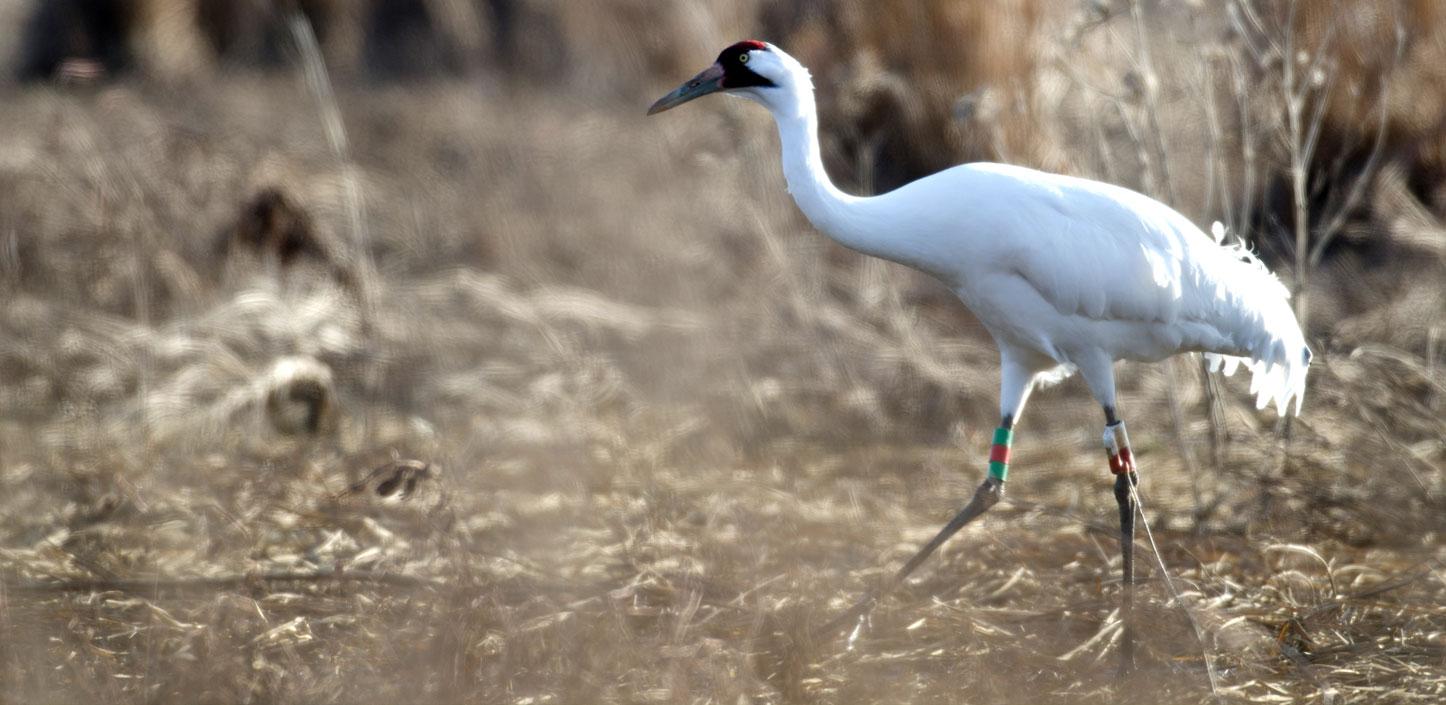
NFWF Releases Gulf Coast Ecosystem Restoration Partnership Five-Year Report With USDA’s NRCS
WASHINGTON, D.C. (April 14, 2020) - The National Fish and Wildlife Foundation (NFWF) today released its Gulf Coast Ecosystem Restoration Partnership report detailing the results of the first five years of a successful partnership with the USDA’s Natural Resources Conservation Service (NRCS) to accelerate Gulf Coast private lands conservation.
NFWF and NRCS launched the Gulf Coast Ecosystem Restoration Partnership in late 2014. The partnership was designed to leverage NFWF’s then-newly established Gulf Environmental Benefit Fund (GEBF) with a focus on conserving land, improving water quality, and restoring wetlands, while at the same time sustaining agricultural production across the region.
NFWF and NRCS are using their respective authorities – the GEBF, as well as the Environmental Quality Incentives Program and the Agricultural Conservation Easement Program – to support complementary projects, the synergies of which will leave lasting conservation legacies in priority landscapes across the five Gulf States.
To date, the partnership has invested more than $73 million in projects that will restore, enhance or protect more than 250,000 acres, over half of which are wetlands. More than 15,000 acres are being enrolled in perpetual conservation easements.
The priority landscapes this partnership addresses include:
- Bahia Grande, South Texas
- Texas Mid-Coast
- Chenier Pain of Texas and Louisiana
- Mississippi and Alabama Coast
- Apalachicola and Suwannee Watersheds
- Southwest Florida
View the Gulf Coast Ecosystem Restoration Partnership Five-Year Report here.
About the National Fish and Wildlife Foundation
Chartered by Congress in 1984, the National Fish and Wildlife Foundation (NFWF) protects and restores the nation’s fish, wildlife, plants and habitats. Working with federal, corporate and individual partners, NFWF has funded more than 5,000 organizations and generated a conservation impact of $6.1 billion. Learn more at www.nfwf.org.
###